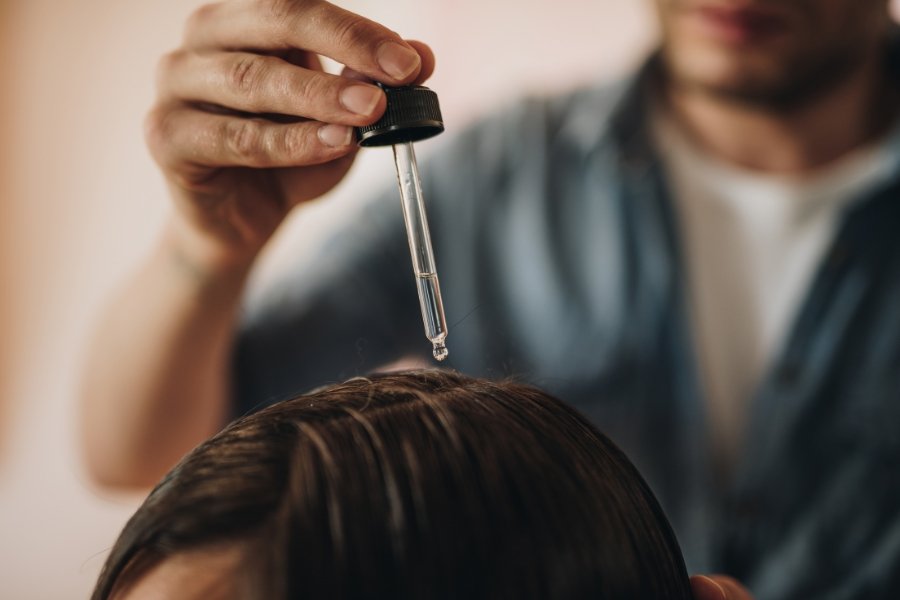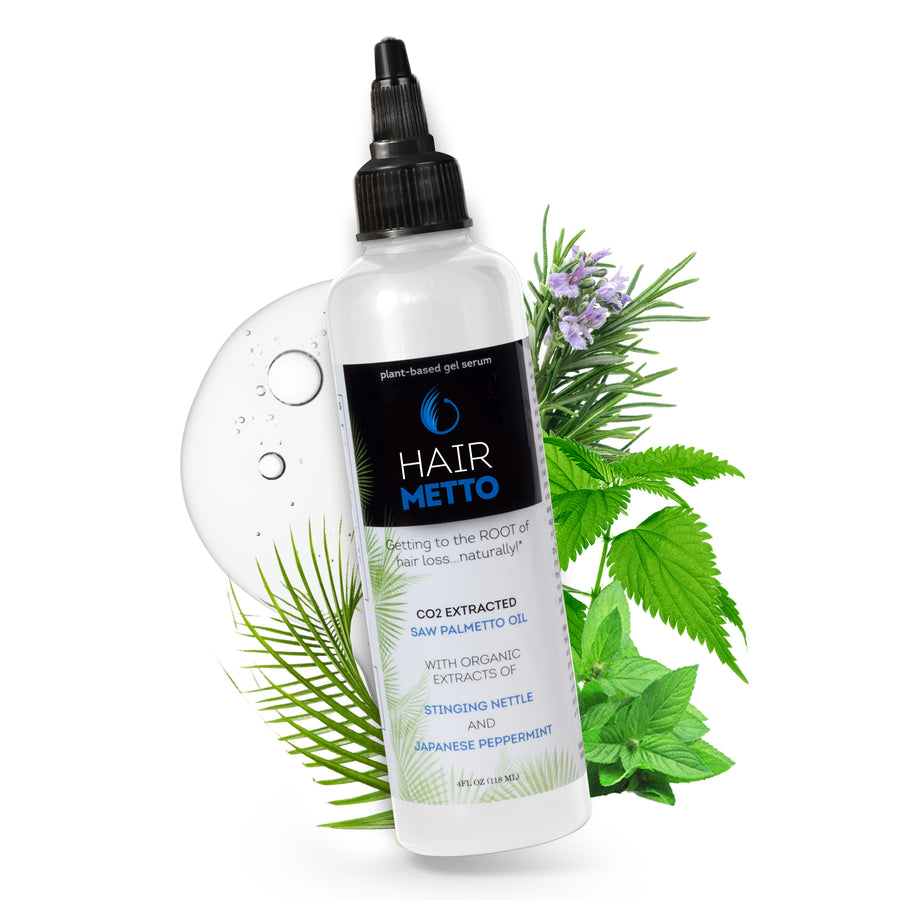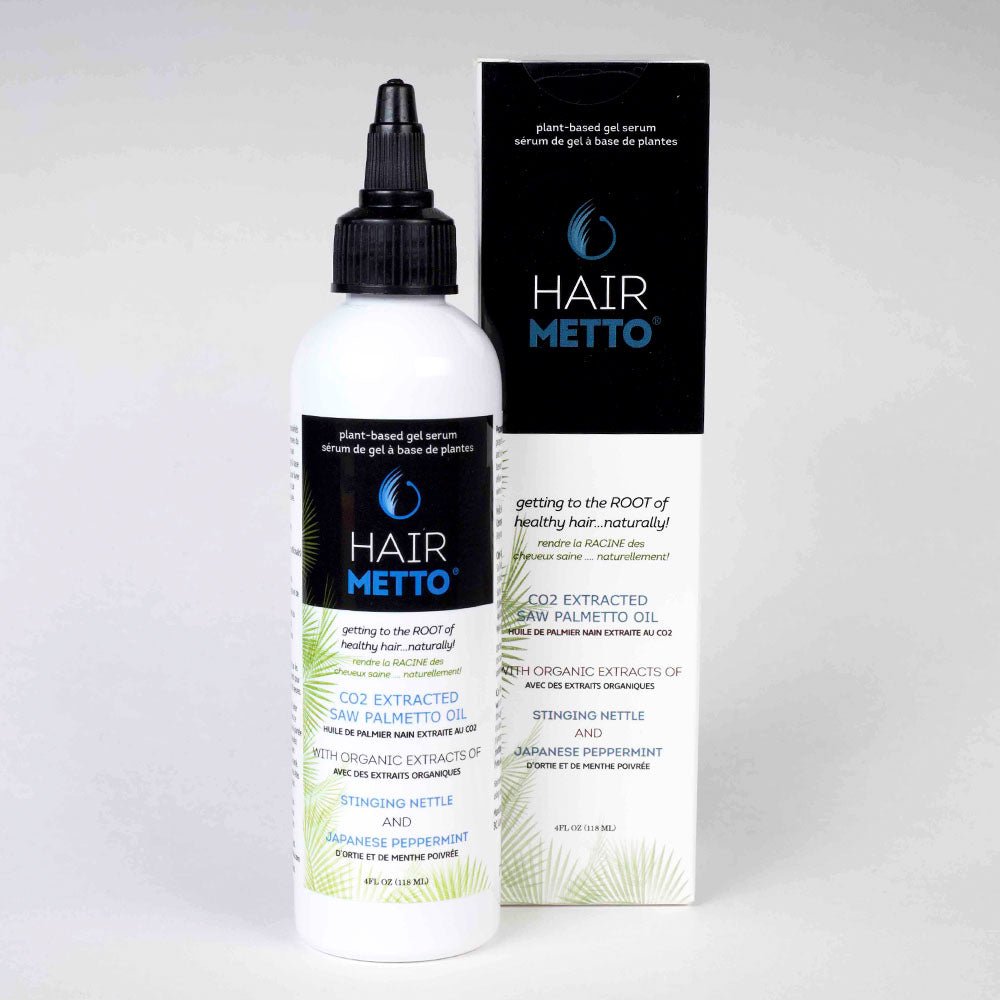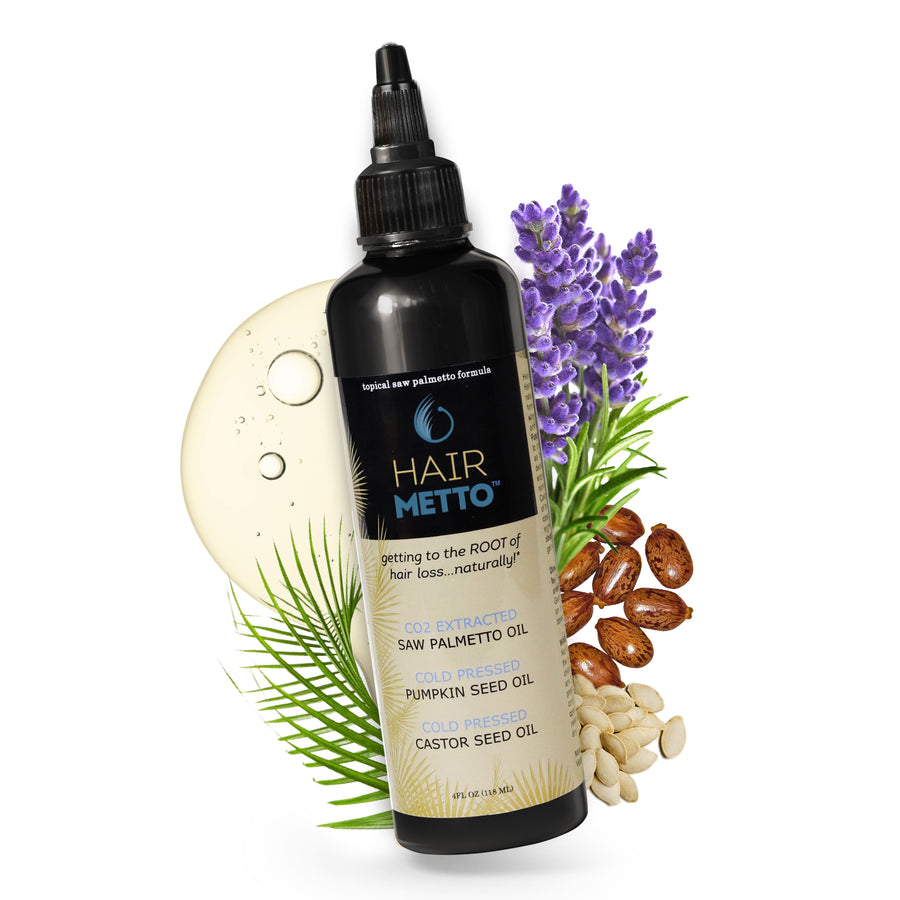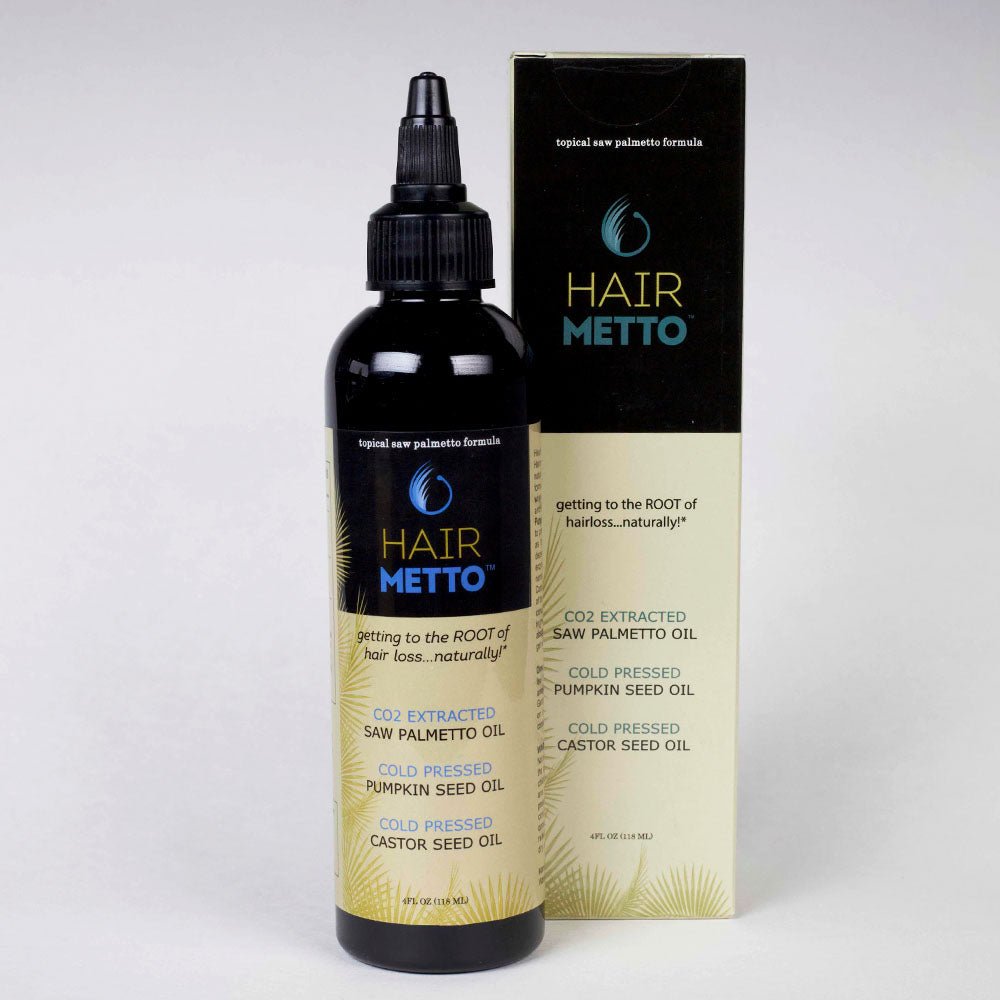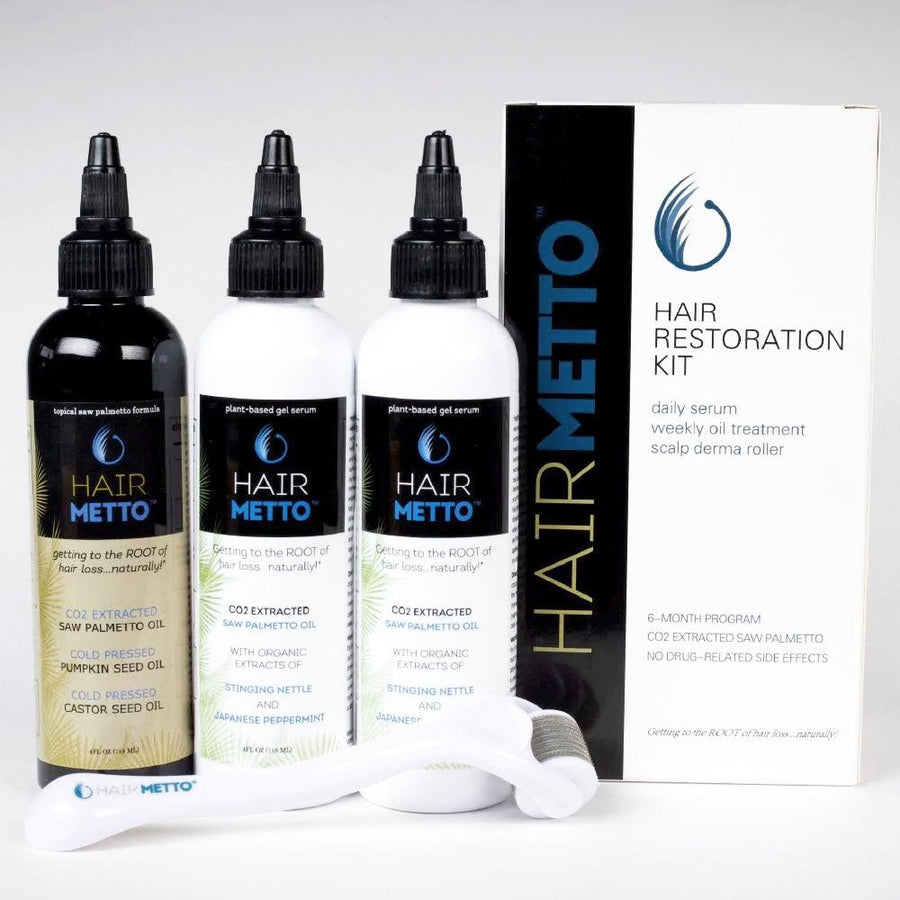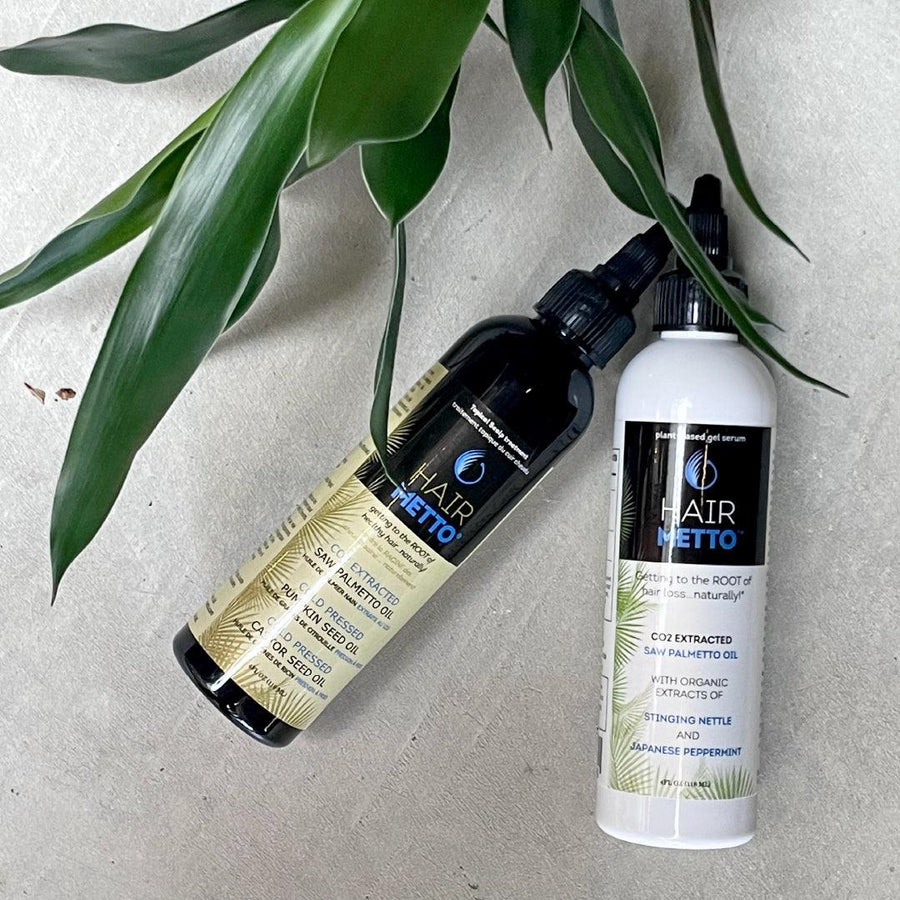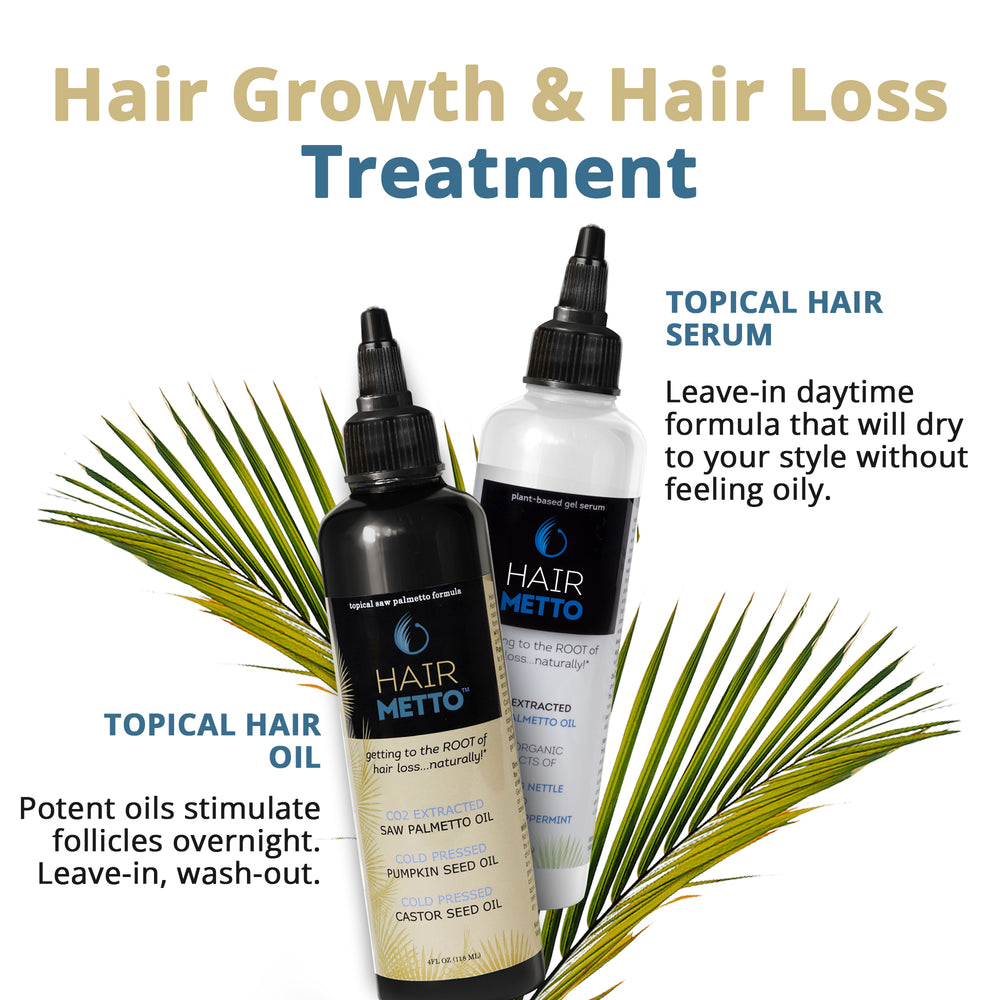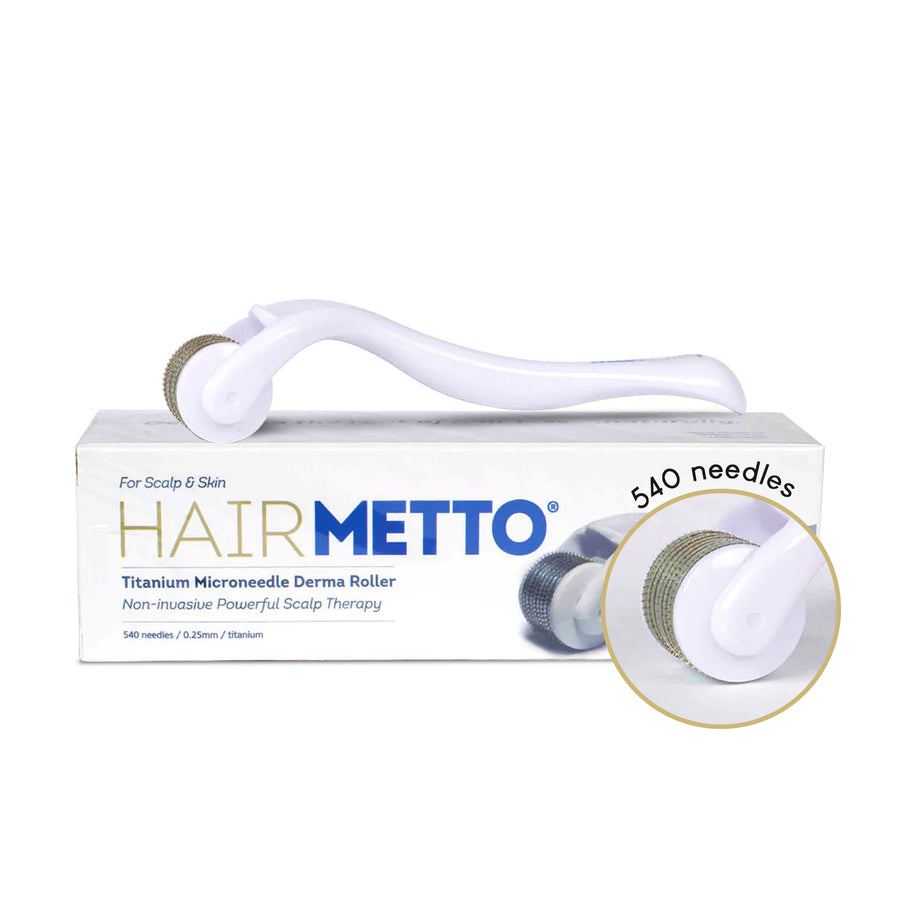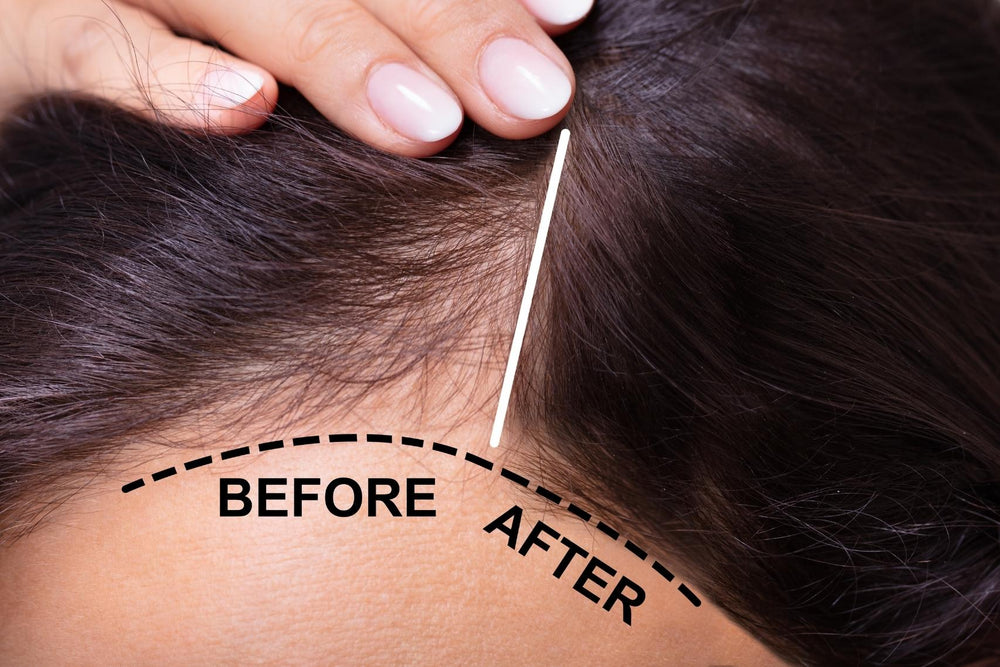Understanding Hair Loss & Growth
THIS IS YOUR HAIR
One may not think of the scalp as an organ, but that is exactly what it is—and a complex one at that. The scalp contains between 100,000 and 150,000 hair follicles, an equal number of pigment and sebaceous glands, and thousands of sweat glands.
There are at least half a million glands in the scalp, all of which serve the purpose of growing hair. In order to function properly, these glands must be well nourished—starve them and hair loss begins. Thus, diet and nutrition are essential, but first we will examine the structure of hair, and the scalp.
Hair Development
Hair development starts when epidermal cells form a follicle—a hollow, cylindrical depression in the skin or scalp. Follicles produce keratin, a protein comprised of carbon, hydrogen, nitrogen, sulfur and oxygen, which forms 97% of the hair shaft.
The rest of the hair shaft is moisture. In fact, hair (especially if brittle or thin) is sensitive enough to act as a natural barometer—in humid conditions it can absorb up to 40% of its own weight in water.
Hair development goes through three stages: anagen, the growing stage, catagen, the transitional state, and telogen, the resting state. At any given time, approximately 85% of healthy hair is in the growing stage, and 15% is the resting state.
Each individual hair may grow for two to six years, then the follicle goes into a resting phase for about three months, during which there is no growth. When the hair follicle begins production again, it starts to grow a new hair shaft, which pushes the old one out. Normally one loses 50 to 100 hairs per day—and ideally gains the same number of new ones.
Sebaceous Glands
Sebaceous glands, within follicles, lubricate the scalp and hair with an oily, rich, yellowish substance, called sebum. Given its ability to absorb and retain large amounts of moisture, sebum is also used by the body to fill skin tissue, keeping it plump and firm.
When we become deficient in sebum, the scalp becomes dry and scaly, and hair becomes brittle (breaking and/or splitting). Excessive sebum has also been linked to hair loss, so maintaining an ideal amount of sebum production is critical for healthy hair. The sebaceous glands require Essential Fatty Acids, and a variety of minerals, in order to produce optimal levels of sebum.
Hair
Once hair is visible, it is literally dead tissue (much like fingernails). Therefore, it is unable to repair itself, leaving it vulnerable to permanent damage. The only growing, or live, portion of the hair, is its root, which is located at the base of the follicle.
The root envelops a tiny bulb-shaped organ called the papilla (the hair bud), which is filled with capillaries that deliver nutrients to the hair. The papilla are present at birth, and each grows a couple of hairs. When you lose one, that hair is gone forever, much like a tooth. Two minerals that help nourish the papilla are iron and iodine.
The hair shaft consists of three layers: the medulla (inner layer), the cortex (middle layer), and the cuticle (outer covering).
The medulla is the core of the shaft, and, as well as absorbing beneficial substances, it serves as the supporting structure for the strand of hair.
The cortex, protected by the cuticle, consists of rope-like protein fibers, and hair color pigments. If the cuticle is damaged the cortex is exposed, allowing for moisture loss. The cortex then unravels in split ends, and mid-shaft damage, which can lead to breakage. The best nutrient to prevent the hair shaft from breaking is the mineral silica.
The cuticle is made of hard, transparent cells that overlap each other, like the scales of a fish. These cells (called imbrications) are hinged to open and close, and when these overlapping cells lie flat, the hair feels smooth and looks shiny. Since the cuticle gives elasticity and resiliency to the hair, its condition largely determines the hair’s appearance.
Hair Growth
Hair growth in humans averages about one one-hundredth of an inch per day, and contrary to myth, does not grow faster when cut frequently. However, hair length may influence the rate of growth, slowing down once the length exceeds ten inches. Hair grows fastest in the summer, and slowest in the winter. Growth speeds up under heat (summer) and friction (massage), but slows down when exposed to long periods of cold (winter). The structure and strength of a gray hair is no different from that of a colored hair, and, while the beginning of graying often corresponds with the start of hair loss, there is no evidence linking the two.
*please note individual results may vary


